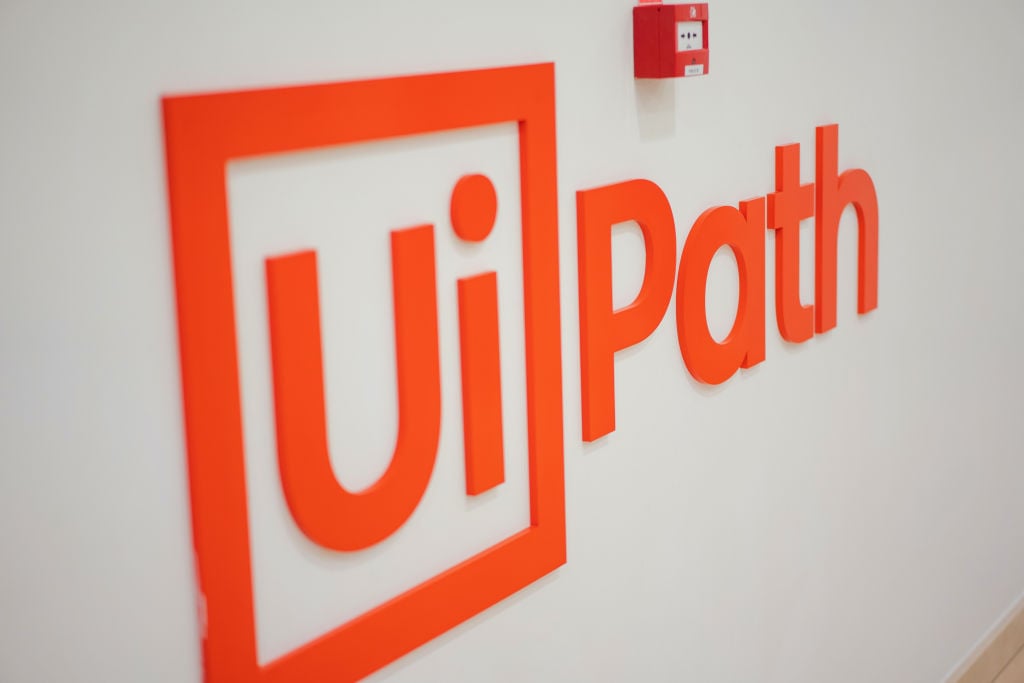Investors often buy growth-oriented stocks in the hope of finding the next big thing. Admittedly, this goal is elusive, and even in the uncommon scenario of a stock being destined for gains of 100-fold or more, such a process typically takes decades.
Nonetheless, some of today's largest stocks, such as Amazon and Netflix, were small-cap stocks at one time. Hence, looking toward smaller stocks can position investors for considerable growth potential, and these stocks could become major influences in their growing industries over time. Let's look at two specific stocks to consider.

Image source: Getty Images.
1. UiPath
UiPath (PATH 4.43%) specializes in robotics procession automation (RPA). These are software robots that automate many repetitive and manual tasks. Its ecosystem allows users to set up such automation without extensive coding knowledge. It can also accommodate IT systems, applications, databases, and cloud-based services.
The rising popularity of this stock led the company to launch an IPO in late 2021, where it initially began trading at $56 per share and attracted a premium valuation.
Unfortunately, for UiPath's investors, that was near the peak of the market. After reaching $85 per share soon after its IPO, the stock suffered a steady decline. By the fall of 2022, it sold for just above $10 per share. Since that time, the stock has gained little traction, and with a market cap of just over $7 billion, it remains mired in mid-cap territory.

NYSE: PATH
Key Data Points
However, it appears increasingly likely that growth has stopped slowing. Indeed, revenue in the first quarter of fiscal 2026 (ended April 30) was $356 million, representing a 6% increase. Still, annual recurring revenue (ARR) rose 12%, indicating long-term customers are spending more on the platform.
Moreover, revenue grew 9% in fiscal 2025 and appears to be on track for the same growth rate in fiscal 2026, suggesting growth is poised to accelerate. Losses also continue to narrow as the $23 million loss in fiscal Q1 improved from the $29 million loss in the year-ago quarter.
What's more, UiPath has no P/E ratio, but analysts expect losses to end in the near future. With that, analysts estimate a forward P/E ratio of 24. That valuation level is highly favorable to investors as the high percentage profit growth of a newly profitable company could take the stock significantly higher.
2. Innodata
Innodata (INOD 1.18%) is a data engineering company. It began in 1988 as a digitized content company, and its stock has traded since 1992. Over time, it has developed an extensive client base of media, publishing companies, and organizations in nearly any industry that relies heavily on information.
However, a shift into artificial intelligence (AI) has changed the company and, by extension, the value proposition of its stock. Its low-code software platforms took off in popularity as it facilitated data collection, digital transformation, and streamlined business processes aimed at specific industries.
Over the last five years, the stock has risen by around 3,500%, which might imply that investors are not buying at the "ground floor." Fortunately, that doesn't necessarily mean it's too late to buy into this stock. At a market cap of $1.6 billion, it remains a small-cap stock.

NASDAQ: INOD
Key Data Points
Indeed, Innodata's relatively small size is a factor in the company's growth. In the first quarter of 2025, its $58 million in revenue rose 120% year over year. Over the same time frame, costs and expenses rose by 99%. With that, operating income surged, enabling the company to report a net income of almost $7.8 million, far above the $989,000 in profit from the year-ago quarter.
Plus, Innodata guided for revenue growth of "40% or more" in 2025. Analysts forecast 73% growth in Q2 and 41% for the year. Still, revenue growth rates have been in the triple digits for three straight quarters, meaning it can likely beat those estimates even amid a slowdown.
Finally, Innodata sells at a P/E ratio of 49. Nonetheless, considering its small size and rapid revenue growth, the stock should continue to rise even amid that higher valuation.





